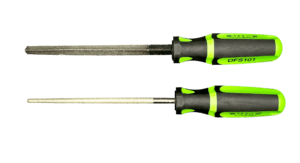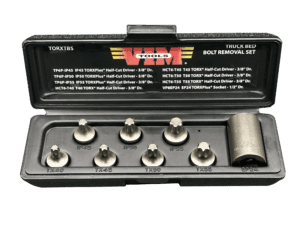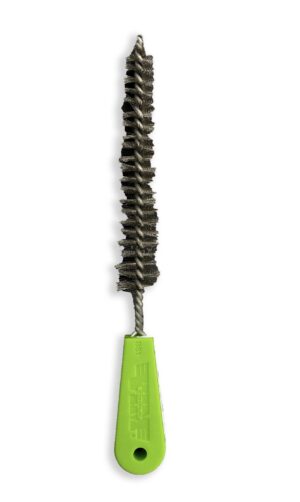- 6803 Parke East Blvd. Tampa, FL. 33610
- 800.728.4942
- 813-231-6305
Showing all 5 resultsSorted by price: high to low

7 in stock
29 Piece M35 Cobalt Multi-Pilot Drill Bit Set

15 Piece Power Drive M35 Drill Bit Set with Magnetic Base

2 PC. DIAMOND FILE SET – 10” OAL

TORX Truck Bed Set, EP24, T40 thru T55 Torx, IP45 thru IP55 Torx Plus

Green batterey Service Brush, Tapered Stainless bristles, 10″ long